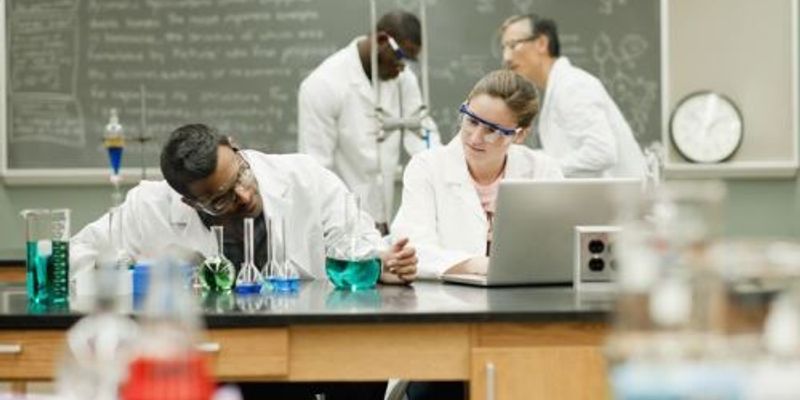Lab Safety
Lab Safety: includes safety training and enforcement of laboratory safety policies, safety review of experimental designs, the use of personal protective equipment, and the use of the buddy system for particularly risky operations, etc.. Many laboratories contain significant risks, and the prevention of laboratory accidents requires great care and constant vigilance. Examples of risk factors include high voltages, high and low pressures and temperatures, corrosive and toxic chemicals, and biohazards including infective organisms and their toxins.
-
FEB 04, 2015 | 7:30 AMC.E. CREDITSThe transportation of laboratory animals is a critical step in obtaining the proper strain of animal that best fits the researchers needs. Animal Extremist groups have made this transportati...Soiled-bedding sentinels are not always efficient in detecting pathogens in rodent colonies. In this context, PCR-based testing can be more sensitive and is being advocated as adjunct to trad...Speaker: Mathias Leblanc, DVM, PhD, DES, DACLAMPresented at: Laboratory Animal Sciences Virtual Event Series 2015
Gene therapy for two forms of inherited retinal degeneration have met promising safety and efficacy endpoints in early stage clinical trials. These approaches made use of a replication defect...
Six-Sigma quality is defined as 3.4 (or fewer) defects per million opportunities (DPMO). Achieving Six-Sigma quality in a clinical laboratory is extremely difficult. This presentation will sh...
Speaker:
Charles D Hawker, PhD, MBA, FACB
Laboratory rats and mice are the most used animal species in scientific research, but still having a lot of information available about them, there are many places in Latin America where ther...
Speaker:
Carolina Mourelle, LATG
Presented at: Laboratory Animal Sciences Virtual Event Series 2014
All trainers are people but not all people are trainers. Several factors beyond the trainer influence the effectiveness of a safety training programs. This program will discuss the critical...
Speaker:
Sean Kaufman, MPH, CIC, CPH, CHES
Presented at: Laboratory Animal Sciences Virtual Event Series 2014
I will present the most common hazards, as they are perceived by workers (traditionally zoonoses, bites and scratches, allergies).Then I will present real data on accidents in research faci...
Speaker:
Jesus Martinez-Palacio, MS
Presented at: Laboratory Animal Sciences Virtual Event Series 2014
The new animal facility is designed to breed and house rodents with the best quality of macro and micro environment and house the maximum possible number of rodents per sf2. This new facilit...
Speaker:
Jorge Fernandez Hernandez, DVM
Presented at: Laboratory Animal Sciences Virtual Event Series 2014
The laboratory animal industry had expanded rapidly in China recently. It is critical to have a good basic understanding of the domestic laws and regulations involving laboratory animals if a...














